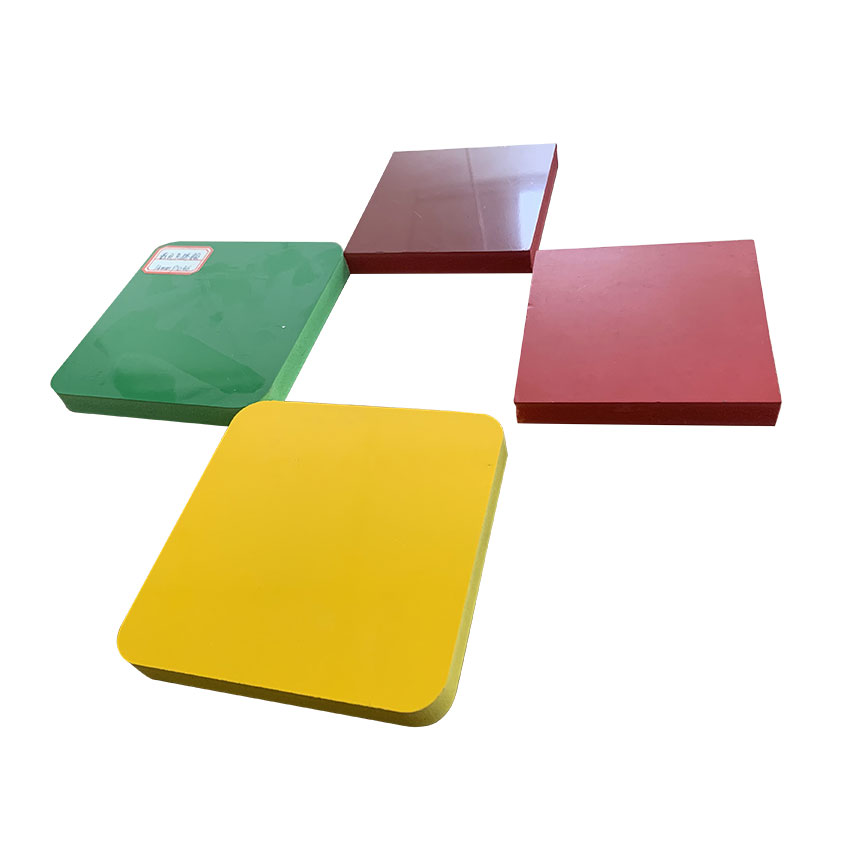Shining Through: Comparing the Durability and Scratch Resistance of High Gloss Laminated Boards to Other Laminates
2024-06-24
When selecting materials for furniture and interior design, durability and scratch resistance are key factors to consider. Among the various options available, high gloss laminated boards stand out for their sleek, reflective finish. But how do they compare to other types of laminated boards in terms of durability and scratch resistance? In this blog, we will explore the advantages and limitations of high gloss laminated boards and compare them with other popular laminates.
Understanding High Gloss Laminated Boards
High Gloss Finish: High gloss laminated boards are characterized by their shiny, mirror-like surface. This is achieved through a special lamination process that involves applying a high gloss melamine layer over a core material, typically MDF or particleboard.
Aesthetic Appeal: The high gloss finish provides a modern, sophisticated look that enhances the overall aesthetic of any space. This finish is popular in kitchens, bathrooms, and other areas where a clean, polished appearance is desired.
Durability of High Gloss Laminated Boards
Protective Coating: The high gloss laminate includes a protective coating that shields the underlying material from damage. This coating is designed to withstand everyday wear and tear, making the boards highly durable.
Resistance to Moisture: High gloss laminated boards are often more resistant to moisture compared to non-laminated surfaces. The lamination process seals the surface, preventing water from penetrating the core material and causing swelling or warping.
Scratch Resistance of High Gloss Laminated Boards
Surface Hardness: The high gloss finish is generally harder than matte or semi-gloss finishes. This hardness provides better resistance to scratches, making high gloss laminated boards a good choice for high-traffic areas.
Cleaning and Maintenance: While the high gloss surface is relatively scratch-resistant, it is also important to use appropriate cleaning methods to maintain its appearance. Using soft cloths and non-abrasive cleaners will help preserve the surface and prevent scratches.
Comparing with Other Laminated Boards
Matte Laminated Boards
Durability: Matte laminated boards are durable and less likely to show fingerprints and smudges compared to high gloss finishes. However, they may not offer the same level of moisture resistance.
Scratch Resistance: Matte surfaces are typically more forgiving when it comes to minor scratches and imperfections. They do not reflect light as high gloss surfaces do, so scratches are less noticeable.
Semi-Gloss Laminated Boards
Durability: Semi-gloss laminated boards strike a balance between high gloss and matte finishes. They offer good durability and are easier to maintain than high gloss boards.
Scratch Resistance: Semi-gloss finishes provide moderate scratch resistance. While they are not as hard as high gloss surfaces, they offer better resistance than matte finishes but still show fewer scratches than high gloss surfaces due to their less reflective nature.
Textured Laminated Boards
Durability: Textured laminated boards are designed to mimic natural materials like wood or stone. They are highly durable and resistant to wear and tear, making them suitable for various applications.
Scratch Resistance: The texture on these boards helps to hide scratches and imperfections. The uneven surface makes scratches less noticeable, and they can often be more scratch-resistant than smooth high gloss finishes.
Conclusion
High gloss laminated boards offer a combination of durability and scratch resistance, making them an excellent choice for many interior applications. Their sleek, reflective finish adds a touch of modern elegance, while their hard surface provides robust protection against everyday wear and tear. However, other types of laminated boards, such as matte, semi-gloss, and textured laminates, also offer unique benefits that may be more suitable for certain environments. By understanding the strengths and limitations of each type, you can make an informed decision that meets your aesthetic and functional needs.



